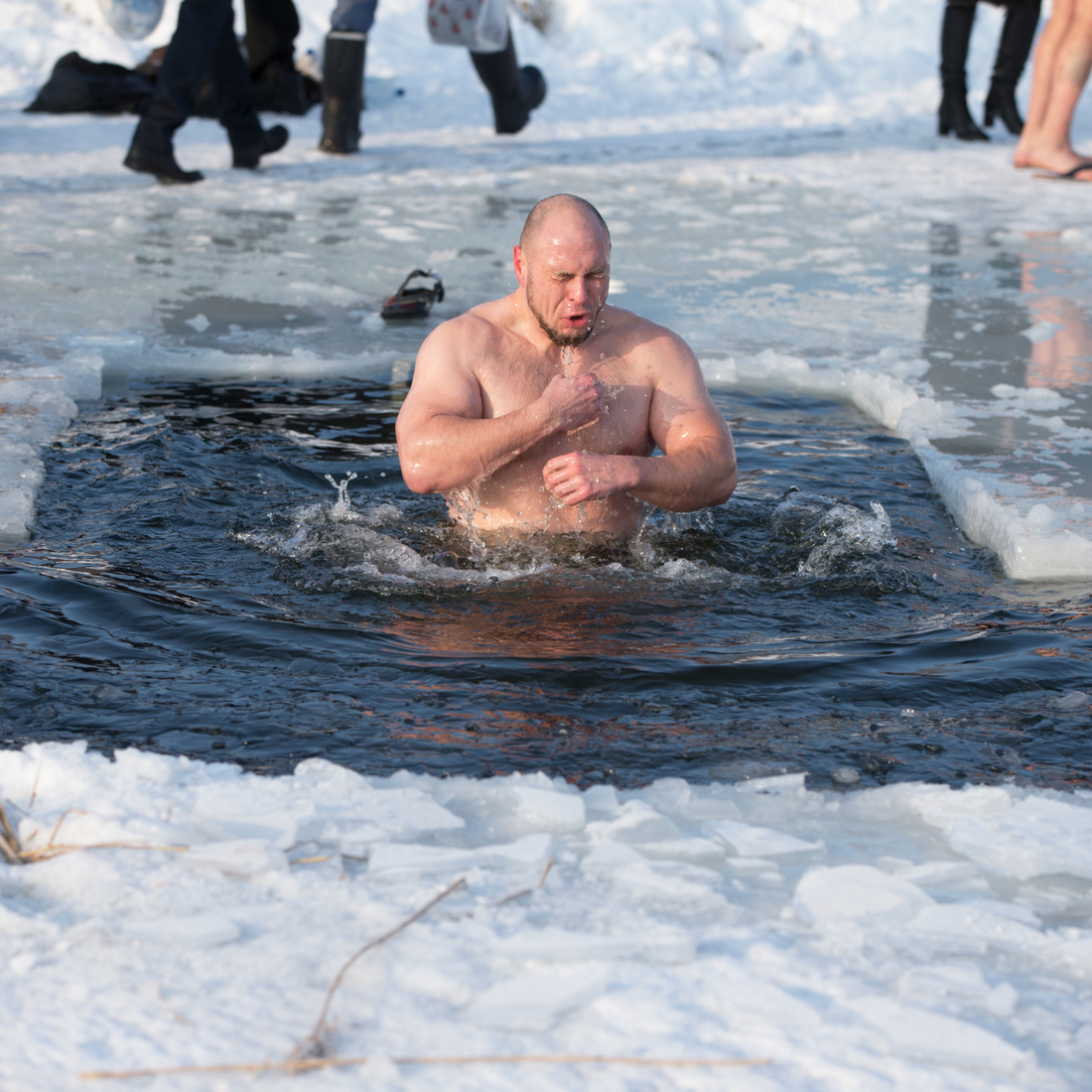Cold Plunge | Improve Your Running?
Cold plunges aren’t just a trend — they reduce inflammation, speed up recovery, and build mental resilience. For runners, that means fewer sore legs, more consistent training, and a mindset that’s ready when the miles get hard. Use it wisely — it’s a tool, not a shortcut.

You’ve probably seen the videos: someone stepping into a freezing tub of water, breathing like they’ve just climbed Everest, eyes closed, trying to hold it together. A few minutes pass, then they emerge like a Viking reborn.
But behind the viral trend and the social proof, there’s a growing body of science around cold water immersion — and more specifically, how it can impact recovery, resilience, and running performance.
So what’s the deal with cold plunges — and should runners care?
The Science Behind the Freeze:
Cold plunging — or cold water immersion — typically involves sitting in water between 5–15°C (41–59°F) for several minutes post-workout. The initial benefit most people talk about is recovery.
Here’s what happens:
-
Vasoconstriction: Cold water causes your blood vessels to constrict, which reduces inflammation and muscle soreness.
-
Reduced DOMS: Studies show cold plunging can help decrease delayed onset muscle soreness — that heavy-leg feeling 24–48 hours post-run.
-
Parasympathetic reset: Cold exposure can activate the parasympathetic nervous system (your “rest and digest” mode), helping your body shift out of a high-stress training state.
-
Mental resilience: There’s something powerful about doing hard things on purpose. A 3-minute plunge isn’t easy — but it builds mental grit that shows up when the miles get tough.
So what does this mean for your running?
-
Faster recovery = better training consistency.
If your legs bounce back faster, you show up more often, with more intent — and that’s where real gains live.
-
Reduced inflammation = lower injury risk.
Less swelling and quicker muscle repair can help keep chronic niggles at bay, especially during high-volume blocks.
-
Nervous system recovery = improved pacing control.
When your body isn't chronically stressed, you’re better able to regulate pace, effort, and performance on race day.
-
Mental edge = stronger mindset.
The same mental control it takes to get into freezing water is the same control you’ll need at mile 9 of a hard 10-miler.
Should Every Runner Cold Plunge?
Not necessarily.
Some studies suggest that cold plunging immediately after strength work may blunt muscle growth, which is something to consider if hypertrophy is part of your training. For endurance athletes though, especially runners with high training loads, the benefits for recovery often outweigh the trade-offs.
Also — cold exposure is a stressor. A powerful one. But if you're already highly stressed (lack of sleep, poor nutrition, etc.), more stress isn’t always the answer. In that case, recovery might look more like sleep, food, hydration, and walking than a plunge.
Final Thought: It's a Tool, Not a Shortcut
Cold plunges don’t replace hard work, smart training, or good fuel. But they can be part of the toolkit — especially in high training periods or after races.
So if you’ve been curious, give it a go. Start with 10°C for 2–3 minutes. Focus on your breathing. Stay calm. Step out stronger.
Sometimes the best way to warm up your performance is to cool everything else down first.
Subscribe to our email list for more fascinating ideas, exciting updates and exclusive offers.
